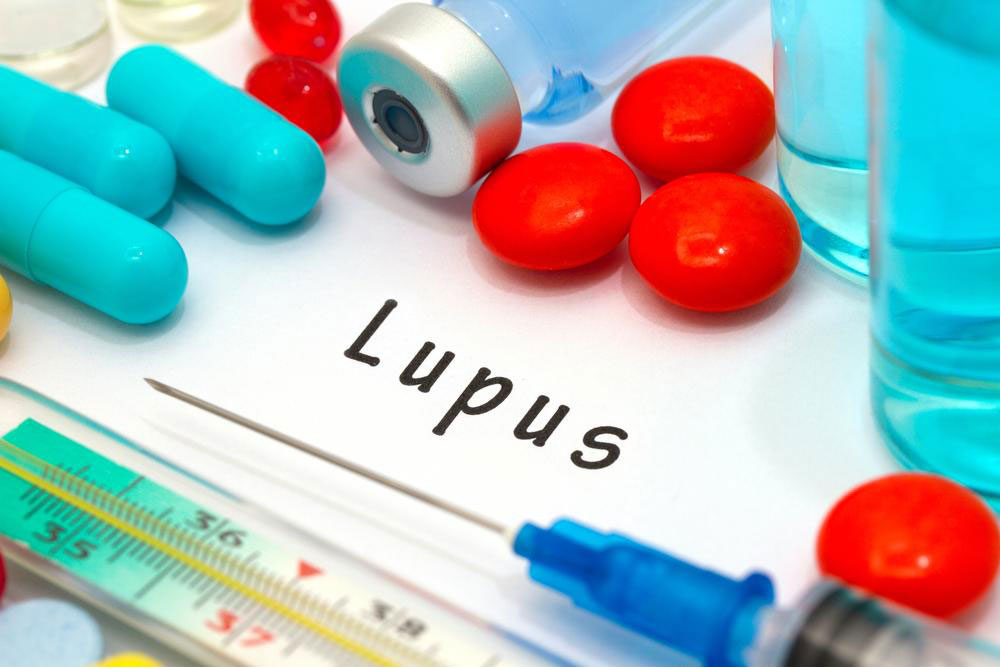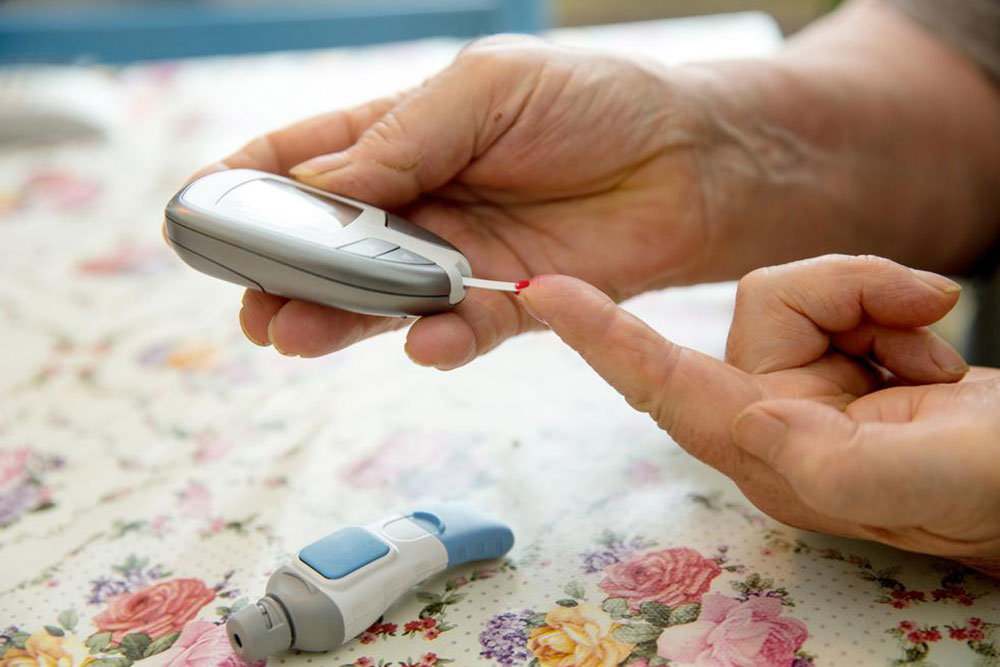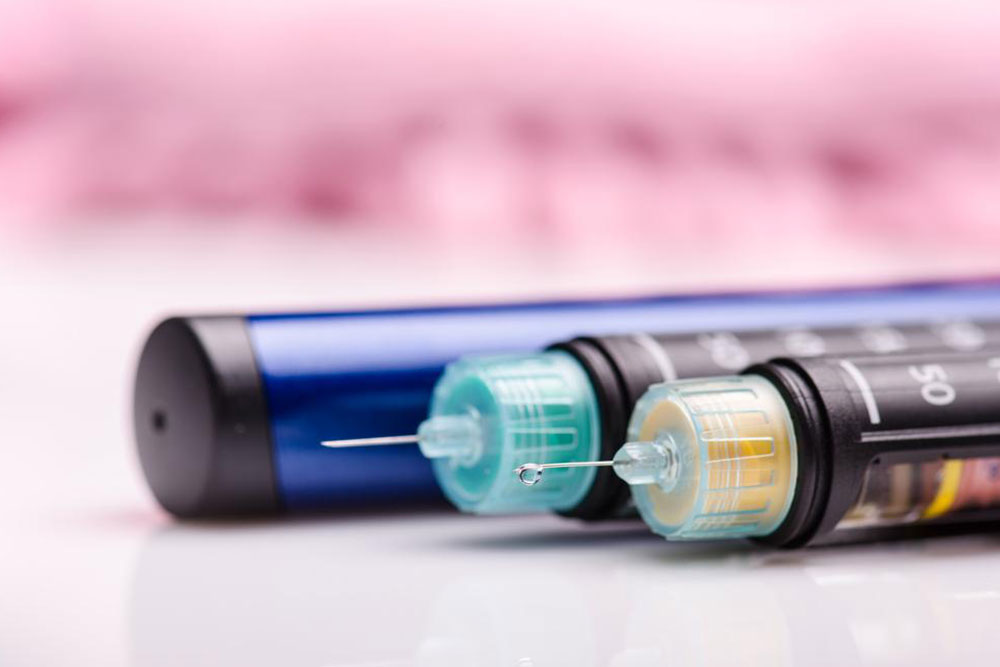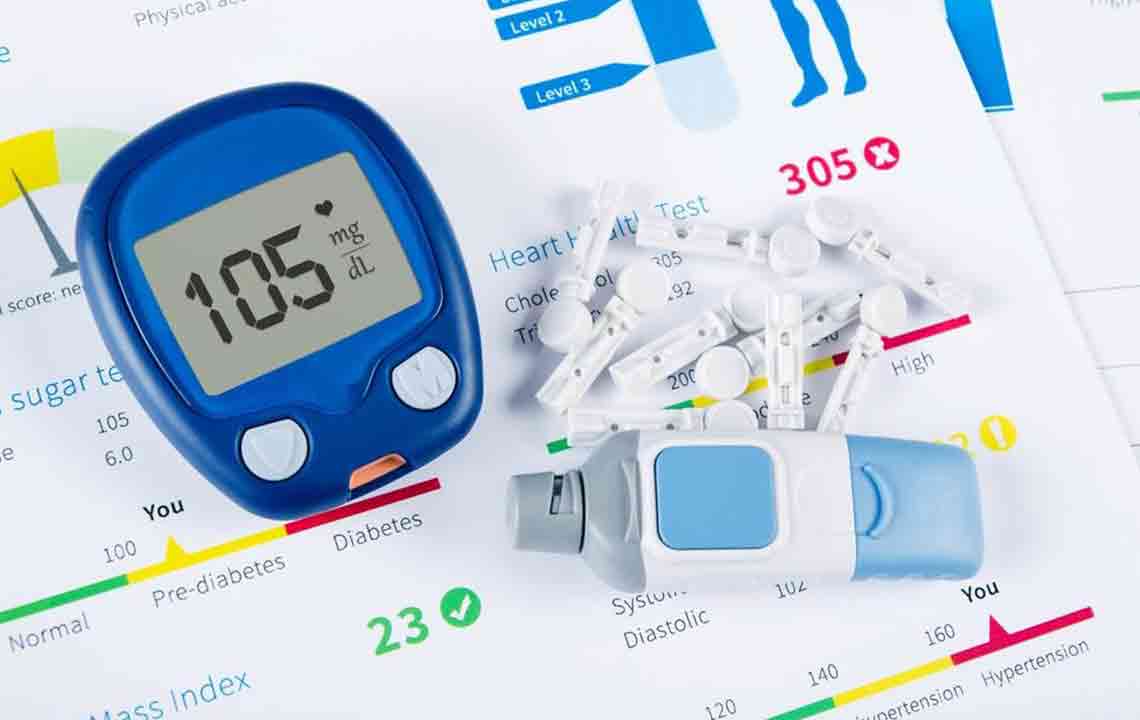Understanding Types and Signs of Diabetes
This article offers an in-depth overview of the different types of diabetes and their common symptoms. It emphasizes the importance of early diagnosis and management, including medication options. Recognizing signs like increased urination, thirst, and fatigue can help in timely intervention. Regular health check-ups are essential, especially for those with a family history or over 30. Understanding the distinctions between types 1, 2, prediabetes, and gestational diabetes empowers individuals to take proactive steps towards health. Proper management reduces complications and improves quality of life.
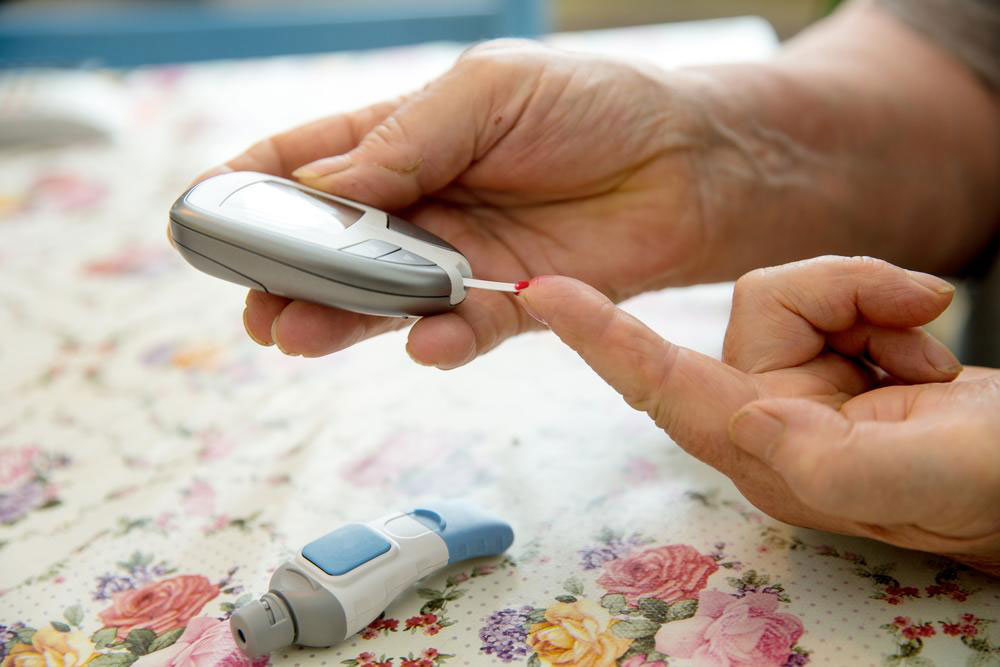
Understanding Types and Signs of Diabetes
Diabetes encompasses a group of metabolic conditions characterized by elevated blood sugar levels, leading to various health risks. It occurs when the body either struggles to extract sugar from the bloodstream or cannot efficiently utilize insulin produced by the pancreas. Sometimes, both issues are present simultaneously. While numerous diabetes treatments exist, understanding its different types and symptoms can help in early detection and management. The following provides a detailed overview.
Categories of Diabetes
Diabetes is classified into several main types, including:
Type 1 Diabetes: Insulin-producing cells are permanently damaged, but early diagnosis and treatment can help manage the condition effectively.
Type 2 Diabetes: The body becomes resistant to insulin or fails to use it effectively, leading to higher blood sugar levels due to increased insulin production.
Prediabetes: Blood sugar levels are elevated but not high enough for a diabetes diagnosis, indicating potential progression to type 2 diabetes.
Gestational Diabetes: Occurs during pregnancy when hormonal changes block insulin action.
Common Signs and Symptoms
Increased urination, excessive thirst, and fatigue are typical indicators of diabetes.
Besides these, other symptoms include:
Persistent hunger
Dry mouth and itchy skin
Yeast infections
Blurry vision
Slow healing wounds
Pains or numbness in legs
Unintentional weight loss
Skin issues
Nausea and vomiting
Constant fatigue
Itching, especially around the groin or vaginal area
Notably, type 2 diabetes often presents with subtle or no symptoms, whereas type 1 symptoms tend to develop rapidly within days. Routine health checks are crucial, especially for those with a family history of diabetes or individuals over 30, to enable early diagnosis. Managing diabetes involves various medications, prescribed by healthcare professionals.

